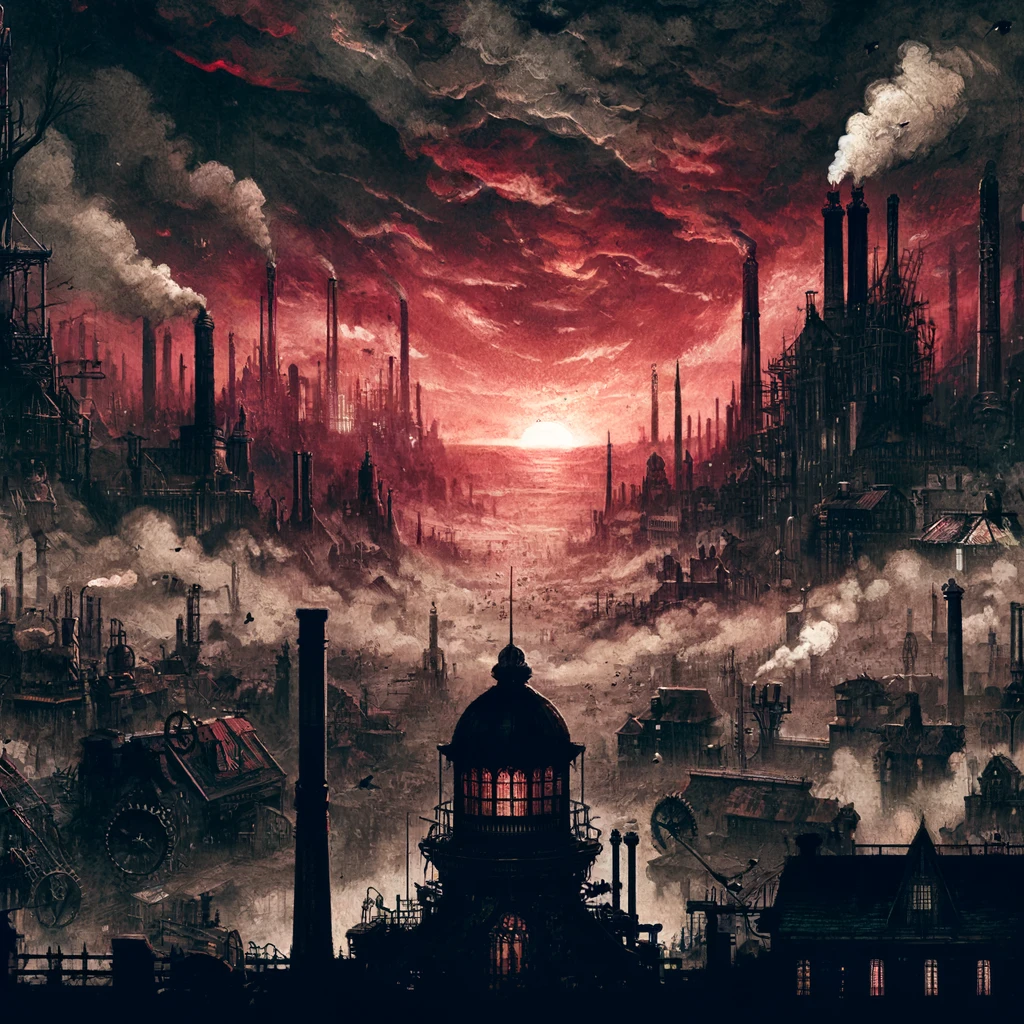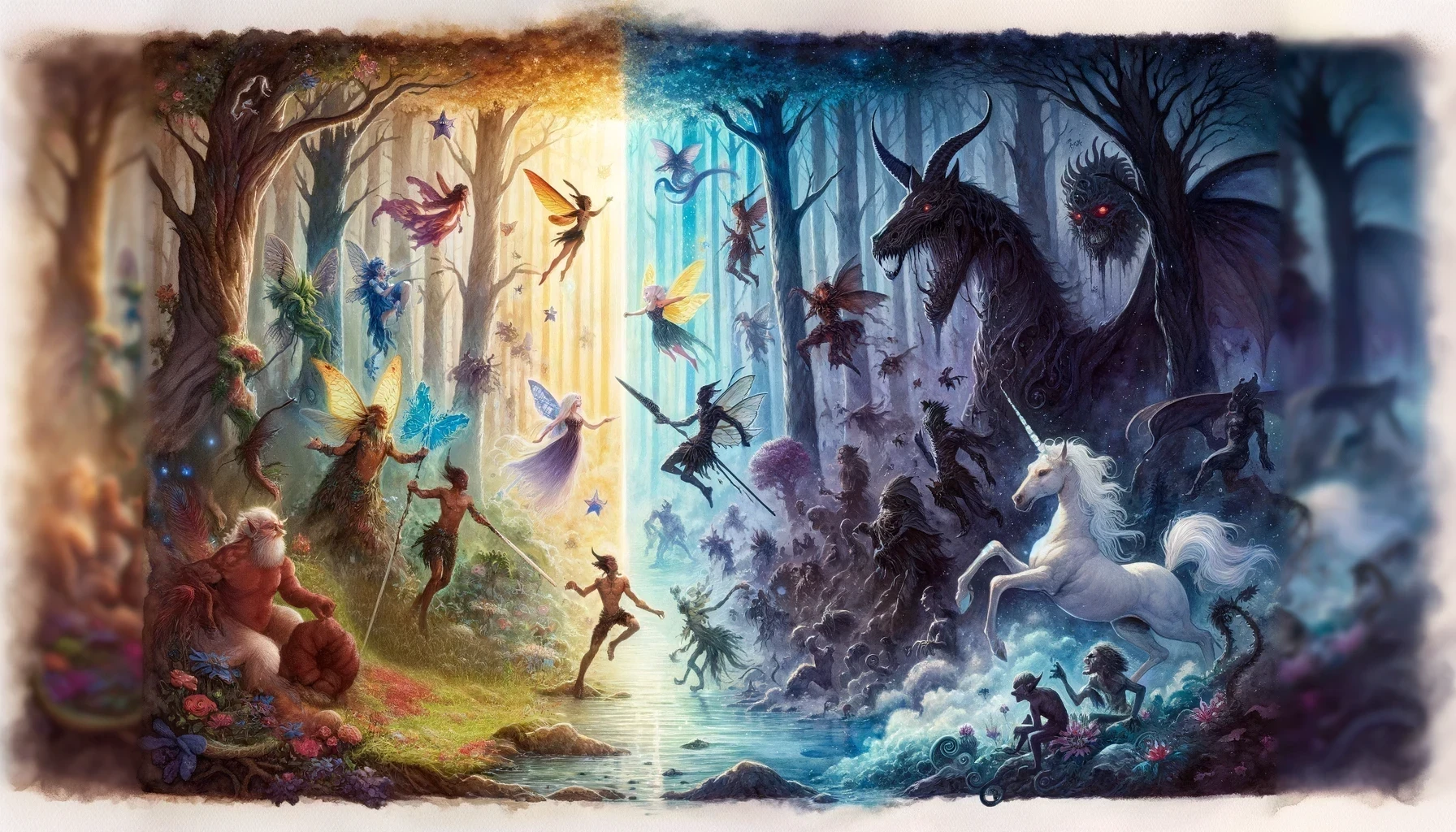top of page

The Clockwork Conspiracy
A busy steampunk cityscape scene



The Clockwork Conspiracy
A busy steampunk cityscape scene
1/4
D&D Challenge Rating (CR)
D&D CR (Challenge Rating)
Challenge Rating (CR): A key mechanic in Dungeons & Dragons used to quantify the threat level of a monster or encounter. It aids the Dungeon Master (DM) in ensuring balanced gameplay and maintaining the appropriate level of difficulty.
Challenge Rating (CR): The numerical representation of the difficulty or danger associated with a creature, trap, or hazard in Dungeons & Dragons. The higher the CR, the more potent and challenging the monster or situation is. This value aids the DM in creating encounters suitable for the party's level.
CR System: The structure within Dungeons & Dragons that determines the threat level of encounters. By matching the CR of a monster or obstacle with the party's level, DMs can design balanced and appropriate challenges.
Dungeon Master (DM): The game's narrator and regulator. They control non-player characters, plot progression, and world rules, including determining and managing encounters based on CRs.
Monster Manual: A core Dungeons & Dragons rulebook that provides detailed information on various creatures, including their stats, abilities, behaviours, and CRs.
Encounter Balance: The delicate equilibrium in designing encounters that neither overwhelm the party nor provide an easy win. CRs play a crucial role in achieving this balance.
TPK (Total Party Kill): A regrettable situation where an encounter results in the demise of all player characters, often due to an overly challenging encounter (i.e., a high CR relative to the party's level) or unfortunate dice rolls.
Party Level: The average level of a group of adventurers. Typically, the CR of an encounter should align with the party's level for medium difficulty.
Related Topics
XP (Experience Points): Points gained by player characters for overcoming challenges, defeating monsters, completing quests, and other achievements. Accruing XP allows characters to level up, improving their capabilities.
Adventure Level: A general measure of an adventure or campaign's difficulty, usually determined by the average level of the player characters involved. Challenges within the adventure should generally align with this level.
Action Economy: The comparison of the number of actions player characters can take versus the number of actions their opponents can execute in a round of combat. This is an important factor in determining encounter balance and CR.
Relevant Rules and Mechanics
Determining CR: Each monster in Dungeons & Dragons has a predetermined CR. This is typically found in the monster's stat block in the Monster Manual or other official resources. When creating a custom creature, the DM may need to estimate a CR based on the creature's abilities and stats.
Using CR for Encounter Design: To create an encounter, a DM adds up the XP values of all the monsters they want to include. They then compare this total XP to the XP thresholds in the Dungeon Master's Guide's encounter creation tables. These thresholds provide a guide for what constitutes an easy, medium, hard, or deadly encounter for a party of a certain level.
CR and the Party: Typically, a monster of a CR equal to the party's level would be a medium challenge for that group. However, this is not always true, as factors like party composition, player tactics, and the environment can heavily influence an encounter's difficulty.
Understanding Challenge Rating in Depth
Dungeons & Dragons is a game filled with epic battles, dangerous traps, and monstrous adversaries. Balancing these challenges to provide an engaging yet surmountable task for the players is the role of the Dungeon Master, and it's here that the Challenge Rating system comes into play.
At its core, a creature's Challenge Rating signifies the level of threat it presents. A goblin, with a low CR, might be easy pickings for a seasoned group of adventurers, while a dragon, with a high CR, could pose a dire threat.
The Dungeon Master uses CR as a guide when designing encounters. If the total CR of an encounter's creatures matches the average level of a group of four adventurers, it's generally considered a medium difficulty encounter.
However, more creatures can skew this balance, regardless of their individual CRs. A swarm of low-CR creatures can sometimes be a greater threat than a single high-CR opponent due to the action economy.
Despite the CR's utility, it's not a definitive measure of difficulty. Factors like party resources, environment, tactical synergy, or sheer luck can dramatically sway the outcome of an encounter.
But, with a solid understanding of CR and careful encounter planning, DMs can create memorable combat scenarios that challenge their players while keeping TPKs to a minimum.
bottom of page




